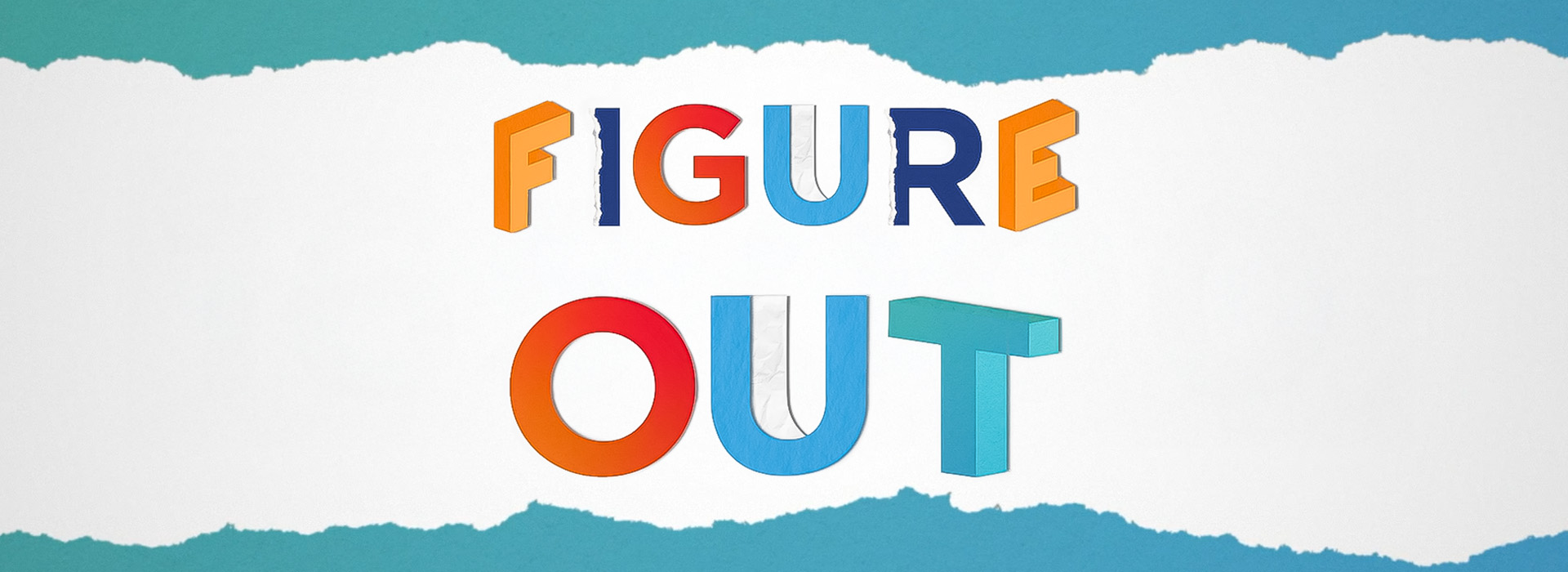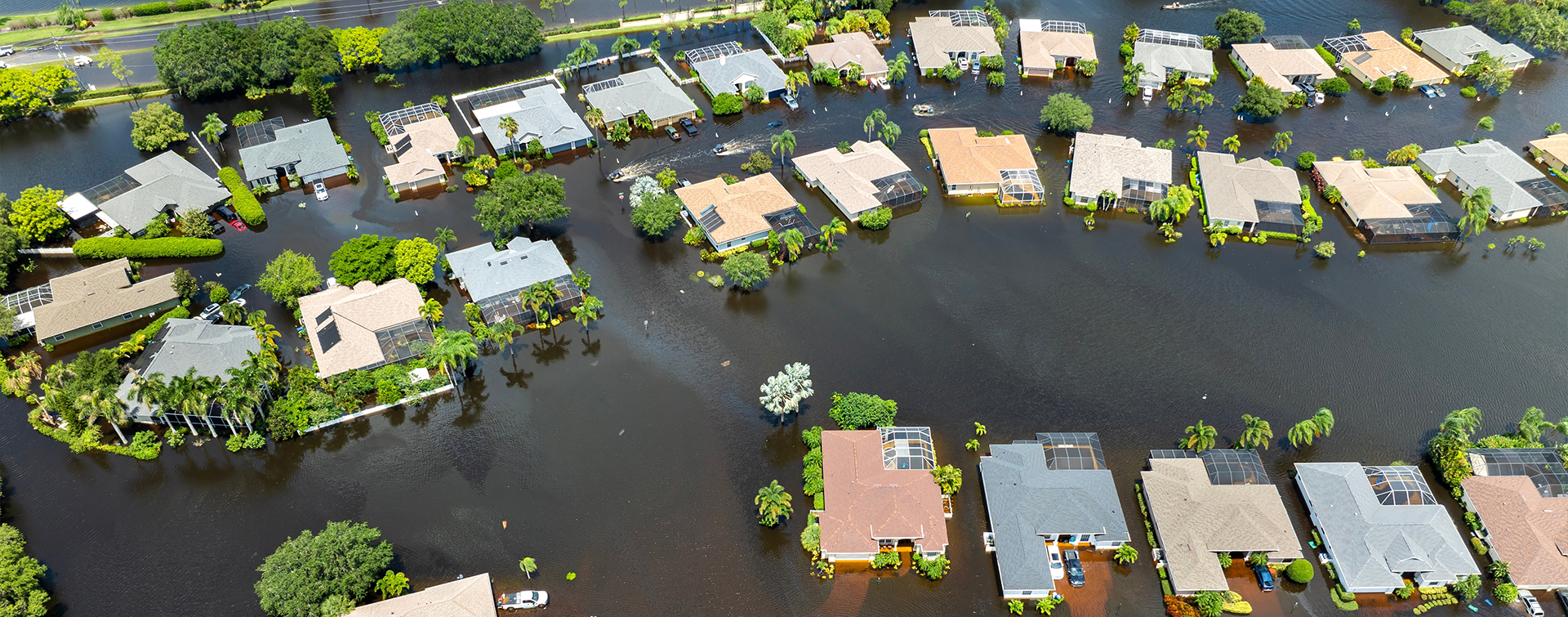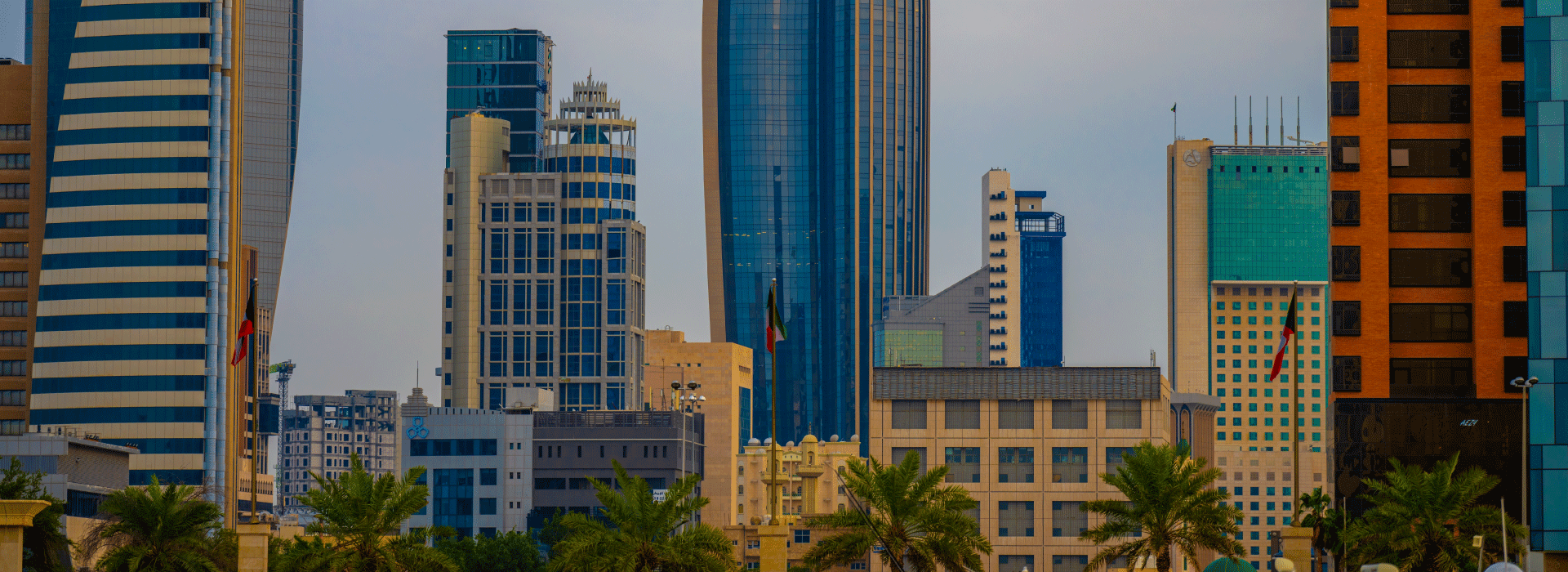 6 min
6 min
Brazil ranks among the top five countries for LEED certification worldwide. What does that say about the evolution of the Brazilian market?
Brazil is indeed one of the five largest markets for LEED certification globally, in terms of the number of projects. That’s remarkable considering LEED has certified buildings in 186 countries.
We currently have projects in more than 350 cities across Brazil, with about 74 million square meters registered for certification.
That’s something to celebrate, but numbers alone don’t tell the whole story. For me, true market transformation isn’t measured in square meters or certificates—it’s measured in behavior change.
Only 8% of LEED-certified new construction projects globally achieve the Platinum level, while in Brazil, more than 13% do, and most of them in the last four years.
Brazil was also the first country to achieve several “world firsts” under LEED. How do you explain that leadership?
It’s quite impressive: the world’s first LEED Zero Energy project was in Brazil. The first LEED Zero Water project as well. Also, the first LEED v5 certification, and the first LEED for Communities Plan & Design project to reach Platinum level—all of them happened here.
Are Brazilian developers simply more ambitious or willing to spend more to achieve Platinum? Not really. Many of these projects reported no additional construction costs.
What they share instead is investment in intelligence—in the architecture and engineering process itself.

What does “investing in intelligence” mean in practice?
Investing in intelligence, it means prioritizing energy and comfort diagnostics, simulations during the pre-design phase, and adopting an integrated project design approach. It’s about having a holistic vision to map all opportunities for efficiency and comfort, and then communicating these benefits effectively.
A good marketing and communication plan helps translate technical performance into messages that create awareness and convince occupants and clients alike.
At Green Building Council Brasil, we see this as the third phase of the green building movement in Brazil. By investing in the intelligence of architecture and engineering, we uncover the technical and financial feasibility to implement innovation and technologies that maximize performance in efficiency, comfort, and sustainability. Certification then becomes a consequence.
See also :
Does sustainable construction cost more?
You’ve also mentioned the growing role of the residential sector. How is that market changing?
The residential sector follows the same logic. We have applied the concept of this third phase, efficiency through intelligence, to housing as well.
To support this, Green Business Council Brasil created its own certification system: GBC CASA & CONDOMÍNIO, which is similar to LEED but based entirely on local technical standards. The idea is to shift developers’ mindset, from asking “How much does it cost?” to asking “What’s the value of this investment?”
If a high-end apartment sells for around 10 million euros, why wouldn’t you invest 250,000 or 500,000 euros more to improve comfort and indoor air quality, especially if you can sell it for 11 million?
With good communication around health and well-being, this becomes an obvious value proposition.

Can you give an example of a project that embodies this shift?
Yes. The first GBC Condomínio Platinum-certified building in Brazil invested in photovoltaic panels that generate 100% of the energy needed for common areas and one-third of the private energy use annually. Solar panels heat water for 70% of the year’s demand. Rainwater harvesting is used for irrigation and cleaning, so no potable water is consumed in common areas.
Interestingly, the developer said that green certification or awards were never the goal. His main objective was to reduce operating costs in his city, Porto Alegre, and he succeeded.
He even calculated that if each client invests the savings from lower utility costs in a modest investment fund, after 50 years, the minimum lifespan of a building, they could afford a new apartment for their children or grandchildren.
You’re also working on new value propositions for developers. What are they?
Several are in development:
- Quality metrics for developers, along with a guideline to reduce disputes with builders when construction is subcontracted.
- Credit risk reduction, with the support of experts from the finance and capital markets.
- Competitive differentiation and better access to financial or tax incentives.
But all this depends on greater consumer awareness. To support that, we’ve launched a social media initiative called “Residents Testimonials Series”, where people living in certified buildings share their experiences. They confirm the benefits first-hand: lower operational and maintenance costs, better building performance, and improved comfort and well-being.
In your view, what’s the key to accelerating Brazil’s sustainable construction movement?
We need to convince developers on their own terms, not ours. The green building movement offers countless social, environmental, and economic arguments. The secret is to use the right argument for the right audience.
When we do that, when we speak to their motivations, whether financial, operational, or reputational, we can bring together professionals from all backgrounds to join this transformation, regardless of their personal beliefs about climate transition.
See also :










